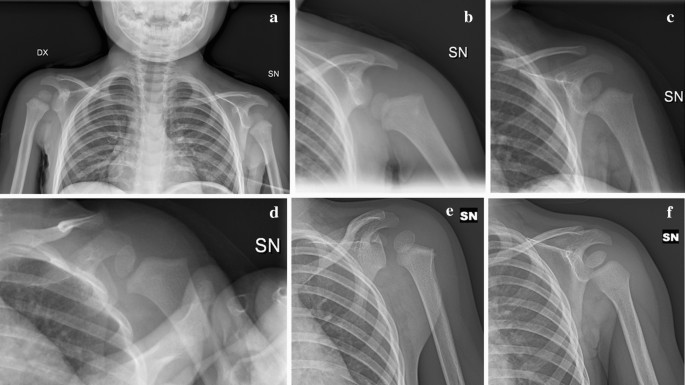There’s nothing a child loves more than his playtime and play is a particularly important part of your child’s overall growth and development. But while engaging in playground play or contact sports there is also a risk of injuries. Dislocations happen to be a commonly seen injury and incidentally the most commonly dislocated joint is the shoulder.
A dislocation occurs when extreme force is put on a joint, like when the child falls or takes a hit to the body while playing a contact sport. When this happens the ligaments that are fibrous tissue that joins various bones and cartilage could be torn. A child’s shoulder can get dislocated when the knobby head of the upper arm bone slips out of its socket and stretches or tears the supporting ligaments and surrounding muscles.
Your child’s shoulder may be partially or completely dislocated if he has fallen on it or received a blow to the area. A shoulder dislocation though is not common in younger children as their growth plates which are the areas at the end of long bones where the bones grow is weaker than the muscles or tendons. Shoulder dislocations happen more often among teens.
Every child may experience different symptoms but the most common among them are pain, swelling, bruising or redness, numbness or weakness, deformity or trouble using or moving the joint in a normal way. The important thing to remember is to get a formal diagnosis from a specialist without delay and that the parents should never try to reposition the bone. This will only put the child in more excruciating pain when there is additional damage to the surrounding tissues.
A shoulder dislocation diagnosis can be done with a physical exam or with the help of imaging techniques like X-ray or MRI. In the case that the injury is more severe and the bone cannot be repositioned or if the damage involves nerves or blood vessels, a surgery may be necessary. An MRI will be requested only if surgical intervention is needed.
To set the shoulder dislocation right the child may be sedated before the doctor can reposition the bone and immobilize the arm with a sling, splint, or cast, depending on the extent of the injury. While taking the child to the doctor try to support the arm and shoulder in whatever position they’re in by making a sling out of a piece of cloth. Ice can be applied to reduce the swelling and make sure the child isn’t given any food or drink in case a surgery needs to be performed.
After the procedure the child will be required to rest and special exercises may be recommended to help strengthen the surrounding muscles. The affected shoulder must be placed in a sling for at least two to three weeks for adequate healing. Once the sling is removed there shouldn’t be any pain but some stiffness should be expected. Encourage the child to use the arm slowly and all sports or rough activities should be avoided till the doctor gives a go ahead.
For enquiries and online appointments, send a message to www.BangaloreShoulderInstitute.com/contact

